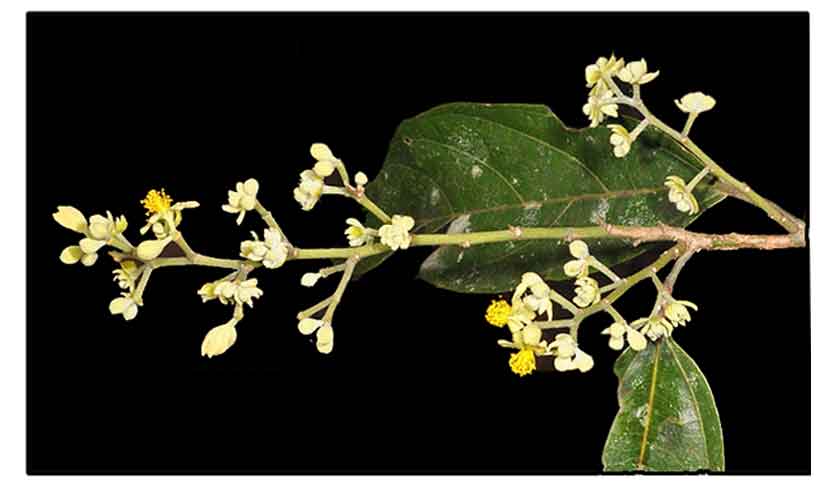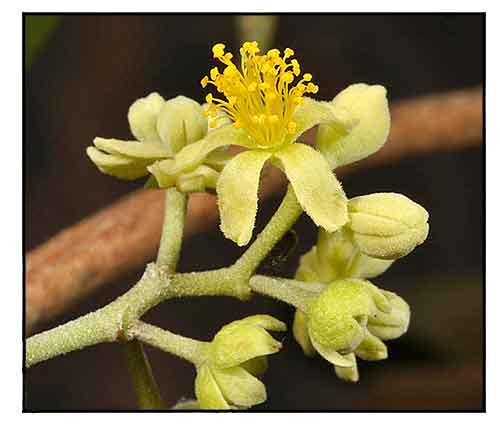
Family • Malvaceae
Kamuling
Namot
Microcos triflora var. triflora
PULIT
| Scientific names | Common names |
| Grewia pyriformis Elmer | Aporong (Bikol) |
| Grewia stylocarpa Warb. ex Perkins | Kamuling (Tag.) |
| Microcos pyriformis (Elmer) Burret | Mala-iba (Tag.) |
| Microcos stylocarpa (Warb. ex Perkins) Burret | Muling-muling (Filipino) |
| Microcos triflora var. triflora | Namot (Apayao) |
| Namut (Tag.) | |
| Porong (Filipino) | |
| Pulit (Cagayan) | |
| Microcos triflora var. triflora is an accepted species. KEW: Plants of the World Online | |
| Other vernacular names |
| BORNEO: Lubah, Mal sumpit. |
| MALAYSIA: Kerudong, Damak damak. |
| TRADE NAME: Kamuling |
August 2024
![]()
 |
| PHOTOS / ILLUSTRATIONS |
| IMAGE SOURCE: Malvaceae : Microcos stylocarpa / Copyright © 2018 by P B Pelser & J F Barcelona (contact: [email protected]) [ref. DOL131909] / Non-Commercial Use / Image modified / Click on image or link to go to source page / Phytoimages.siu.edu |
| OTHER IMAGE SOURCE: Microcos stylocarpa / Closeup of flower / P B Pelser / CC BY-NC /Non-Commercial Use / Image modified / Click on image or link to go to source page / Useful Tropical Plants |
Additional
Sources and Suggested Readings |
• |
DOI: It is not uncommon for links on studies/sources to change. Copying and pasting the information on the search window or using the DOI (if available) will often redirect to the new link page. (Citing and Using a (DOI) Digital Object Identifier) |
| List of Understudied Philippine Medicinal Plants |
| New plant names needed The compilation now numbers over 1,300 medicinal plants. While I believe there are hundreds more that can be added to the collection, they are becoming more difficult to find. If you have a plant to suggest for inclusion, native or introduced, please email the info: scientific name (most helpful), local plant name (if known), any known folkloric medicinal use, and, if possible, a photo. Your help will be greatly appreciated. |
• |
 |


 Distribution
Distribution